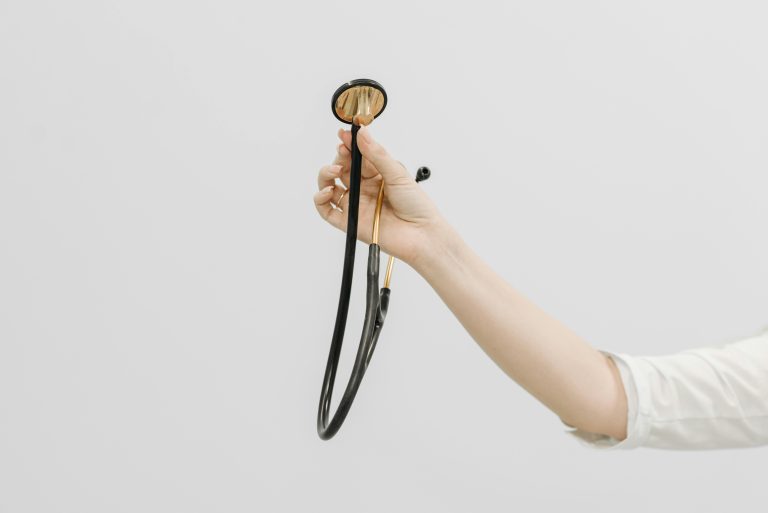
The Glock 19 slide has become a focal point for owners who want to improve a compact pistol’s performance without changing its core handling. When you talk about the Glock 19 slide, you’re talking about the component that controls barrel lockup, sight mounting, and the reciprocating mass that governs felt recoil. Upgrading or choosing the right Glock 19 slide can bring measurable improvements to reliability and speed, and many shooters treat the slide as the single most influential piece when balancing concealability and function.
Why the Glock 19 slide matters for reliability
A factory or well-made replacement Glock 19 slide affects feeding, extraction, and ejection in ways that are immediate and tangible at the range. The geometry of the Glock 19 slide determines how the barrel and slide lock together and how consistently that lockup returns to the same position after each shot. For defensive and carry pistols, owners often prioritize a Glock 19 slide that maintains factory tolerances because predictable cycling directly impacts reliability under stress. Choosing a Glock 19 slide with known metallurgy and precise machining reduces the chances of unexpected wear or misalignment over thousands of rounds.
How slide mass and design influence speed
Modifying the Glock 19 slide—either by selecting a lighter aftermarket piece or by adding features like ports and cuts—changes how quickly the action cycles and how the recoil impulse feels in the hand. A lighter Glock 19 slide can reduce lock time and make follow-up shots feel quicker, but it also shifts stresses to springs and other components, sometimes requiring changes to spring rates. Conversely, a heavier Glock 19 slide tends to soften felt recoil at the cost of slightly slower cycling. Shooters chasing speed without sacrificing reliability pay close attention to how a specific Glock 19 slide balances mass and structural integrity.
Sight solutions and the Glock 19 slide
Sights are installed on the slide, and the repeatability of sight mounting is only as good as the dovetails and surfaces machined into the Glock 19 slide. Whether you prefer low-profile iron sights, night sights, or a red dot, the slide you choose sets the foundation for sighting accuracy and durability. Optics-ready Glock 19 slide variants and properly milled custom slides allow more straightforward installation of miniature reflex sights, and owners who install optics on a Glock 19 slide should ensure the plate, screws, and sight height all match the intended co-witness or sight picture.
Durability, materials, and finish choices
Not all slides are created equal: the material selection, heat treatment, and protective coatings applied to a Glock 19 slide determine long-term resistance to corrosion and wear. A well-made Glock 19 slide will use high-grade steel and finishes engineered to withstand repeated holstering and firing. For people who frequently train or carry, investing in a Glock 19 slide with proven metallurgy is a practical decision—small differences in heat treatment or coating can become large differences in longevity after tens of thousands of rounds.
Ergonomics and handling with slide alterations
The texture and serration pattern on a Glock 19 slide affect how easily a shooter can manipulate the pistol under stress, in wet conditions, or with gloves. Aggressive serrations improve purchase for press checks and press manipulations, and many aftermarket Glock 19 slide options offer varied serration patterns or additional relief cuts for thumb purchase. However, users should weigh these ergonomic gains against holster compatibility and the potential for snagging when carrying concealed.
Maintenance and inspection of the Glock 19 slide
Routine cleaning and inspection are essential to keep any Glock 19 slide operating safely. Regular checks for cracks, peening at contact surfaces, and wear hotspots around the rails and extractor cutouts help owners catch issues early. When a Glock 19 slide shows signs of excessive wear, replacing it with a properly spec’d slide from a reputable source prevents failure and maintains the firearm’s overall reliability.
Choosing between OEM and aftermarket Glock 19 slide options
Owners deciding between OEM and aftermarket Glock 19 slide choices often consider fit, finish, and intended use. OEM slides offer the reassurance of factory tolerances and compatibility, which is attractive for carry or duty guns. Aftermarket Glock 19 slide options, meanwhile, provide features like optics cuts, lightening, or aesthetic coatings that appeal to competitors and custom builders. The critical step is understanding how a specific Glock 19 slide will interact with your barrel, recoil spring, and holster setup before committing to a new configuration.
Practical considerations for installation and testing
Swapping a Glock 19 slide is straightforward in many cases, but any change requires live-fire testing to confirm feeding, extraction, and ejection remain reliable with your chosen ammunition. After installing a new Glock 19 slide, users should test a variety of loads and verify sight alignment and torque on any mounted optics. A methodical test session reveals whether the slide choice meets expectations for reliability and speed.
Final thoughts on upgrading the Glock 19 slide
The Glock 19 slide sits at the intersection of function and customization: it directly impacts how fast you can reacquire a target and how dependable the pistol remains under repeated use. Whether you opt for a conservative OEM Glock 19 slide or a purpose-built aftermarket variant, prioritize quality, compatibility, and proper maintenance. The right Glock 19 slide will enhance your pistol’s reliability and speed without sacrificing the balance and concealability that make the platform so widely admired.



